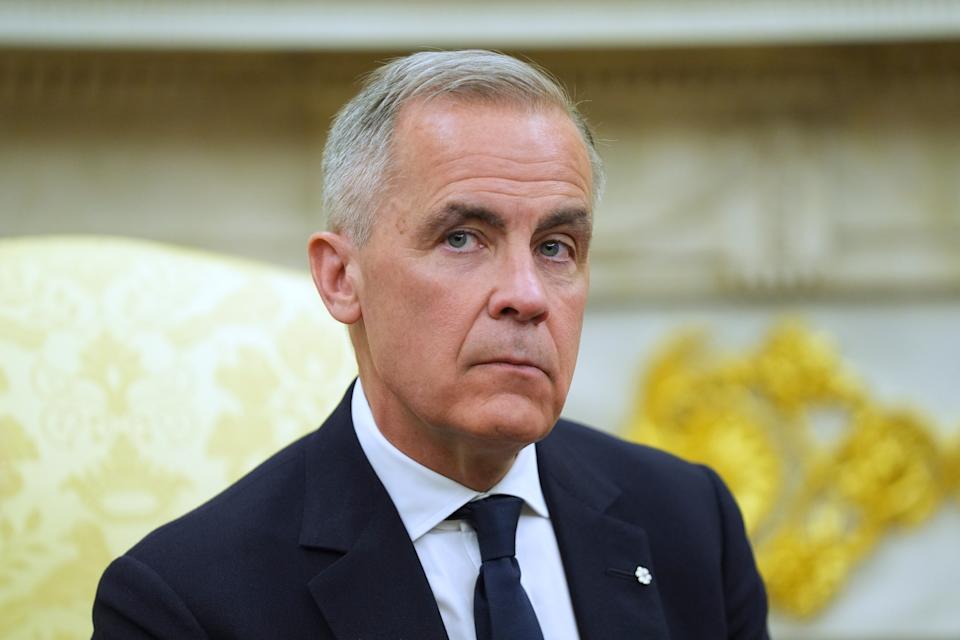USMCA in the Spotlight: How Recent US-Canada Talks May Shape North American Trade
The United States-Mexico-Canada Agreement (USMCA) is once again making headlines. Recent meetings between U.S. President Donald Trump and Canadian Prime Minister Mark Carney have thrust North American trade relations into the global spotlight. As trade tensions escalate and both nations outline their priorities, the future of the USMCA and cross-border cooperation hangs in the balance.

The High Stakes of USMCA
The USMCA, which replaced NAFTA in 2020, set new rules for trade among the U.S., Canada, and Mexico. It aimed to modernize digital trade, strengthen labor standards, and update key industry regulations. However, shifting political dynamics and growing economic uncertainties have tested the agreement’s resilience.
Recent events underline these challenges. During their much-anticipated White House meeting, Trump and Carney addressed issues such as steep tariffs on Canadian exports and proposals for deeper integration. While friendly in tone, the talks did not yield immediate breakthroughs. Trump reiterated his support for tariffs on Canadian goods, such as steel and automobiles, and floated the idea of Canada joining the U.S. as its 51st state—a proposal roundly dismissed by Carney.
For an in-depth look at the leaders’ positions and the charged atmosphere, read Live updates: Trump meets with Canadian Prime Minister Mark Carney amid recent tariff and immigration news | CNN Politics, which details the ongoing negotiations and public statements.
Divergent Paths: Trade, Tariffs, and Sovereignty
USMCA’s implementation was designed to foster closer economic ties. Yet, persistent tariffs and rising trade friction have threatened this vision. Prime Minister Carney, newly elected on a platform defending Canadian sovereignty, stated unequivocally, “Canada is not for sale.” He pointed out that recent U.S. tariffs were “taking advantage” of the current USMCA pact.
Trump, for his part, remained steadfast. He argued that U.S. manufacturing should be prioritized and implied that tough tariffs would stay in place for the foreseeable future. Both leaders expressed a desire for partnership, but their core differences remain.
The POLITICO analysis dives deeper into these contrasting approaches, highlighting Carney’s aim for a broader negotiation and Trump’s push for economic leverage.
The Economic and Political Impact
The USMCA has immense implications for jobs, manufacturing, and supply chains across North America. Canada is a primary export destination for 36 U.S. states, and millions of dollars in goods and services cross the border every day. Yet, longstanding trust has been shaken by recent trade wars and nationalist rhetoric.
The Yahoo News coverage emphasizes how Trump’s approach has altered decades of cooperation. It also examines the impact on industries like automotive, energy, and critical minerals—sectors integral to USMCA’s success.
Looking Ahead: Can USMCA Be Reimagined?
Negotiations are expected to continue, with both leaders signaling their willingness to talk, but unwillingness to compromise on core issues. Carney advocates for an agreement that truly balances mutual interests, while Trump favors protectionist measures. The evolving USMCA debate underscores the need for adaptive strategies in North American trade.
As both governments reassess their options, stakeholders across industry and government watch closely. The decisions made in these pivotal talks will shape the continent’s economic landscape—and the future of USMCA—for years to come.
Stay informed on USMCA developments. For real-time updates and expert perspectives, follow leading political and economic news sources linked above. North America’s prosperity depends on agreements that foster growth, protect jobs, and strengthen regional ties.